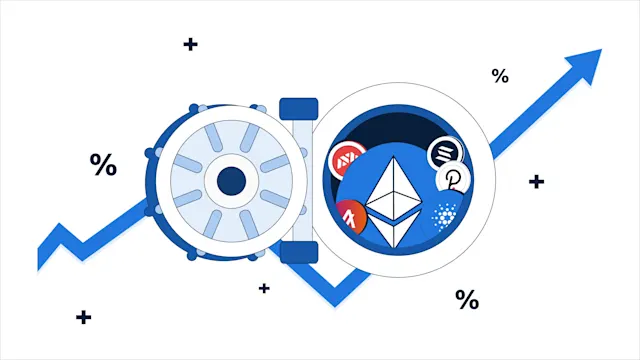
What Is a Bear Market?
A bear market describes the condition of a financial market in which a large portion or particular prices of assets are generally dropping for an extended period of time.
What is a Bear Market?
A bear market describes the condition of a financial market in which a large portion or particular prices of assets are generally dropping for an extended period of time. Investors and traders of the stock market usually refer to this period as “bearish” to illustrate a bear market. This term also applies to the crypto, real estate, and forex markets. Bear markets last for a long period and should not be confused with “market corrections” or retracements.”
Characteristics of a Bear Market
A slowing economy that is illustrated by low production, high unemployment, or reduced business profits.
Low disposable income.
Government intervention through increased interest rates due to high inflation; could envisage, trigger or prolong a bear market.
Widespread pessimism and negative sentiment from traders and investors.
Sharp price declines in the market indices, largest securities, commodities, or assets of a given market; A 20% drop or more in a stock price could indicate a bear market, although this value will vary, especially in volatile markets like the crypto markets; a 20% drop is “just another Tuesday in the crypto markets” as some would say.
Larger economic downturns, such as economic depressions or recessions.
Longer periods of consolidation than those of a bull market.
Examples of Bear markets
Bear markets are much easier to determine because they have a clear and significant impact on the economy. Some of the most prolific examples of bear markets in modern-day history include the Dot Com Bubble from around 2000 to 2002. The Dot com bubble is quite significant to crypto investors because it was the inception of the internet age and companies due to the discovery of a new technology (the internet), much like the crypto markets and the dawn of blockchain technology.
In addition, the 2007-2009 great recession was regarded as one of the worst economic downturns since the 1929 Great depression. Given that the global economy had become more interconnected, the collapse of the mortgage market in America had a more significant impact globally.
In a more recent and related example, the 2017 crypto market collapse is an example of a bear market in recent times.
Trading in a Bear Market
It is extremely risky to trade in a bear market as many describe the market as being easier to go down than to come up since many people rush for the exit when markets begin to crash. Prior to a bear market, one can prepare themselves by investing in assets that have a strong chance of coming back up even after a bear market; thus, as a long-term investor, one would not be phased by a bear market.
Additionally, one of the simplest strategies one can adopt during a bear market is moving into stablecoins. This enables investors to save their profits and wait for the bear market to pass before re-accumulating. Moreover, a skilled trader can opt to scalp, day trade, or swing trade the market while mainly looking for short positions, although this is highly risky.
Bear markets are not always something to hate. In fact, they are usually a get buying opportunity given that prices are a great discount. This is usually a great chance to invest in strong long-term projects, but one should be careful not to catch falling knives.



